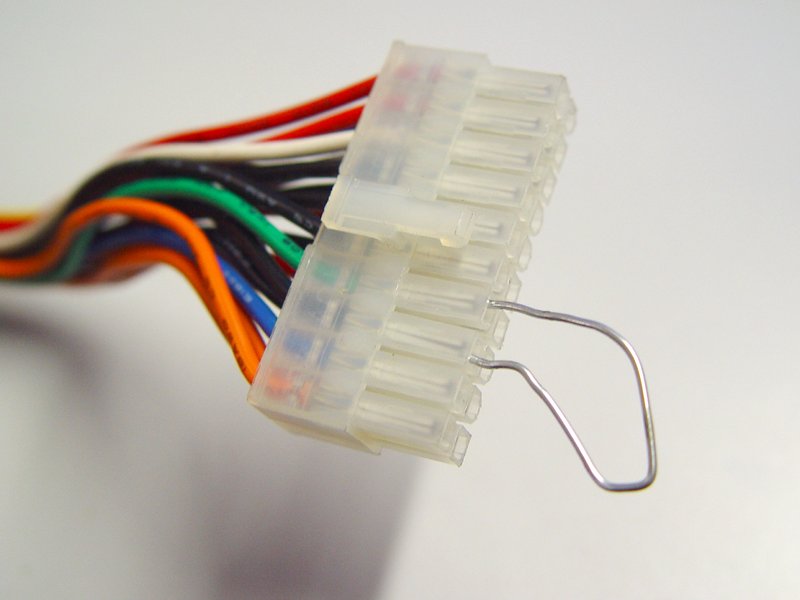Getting a decent PSU is now my top priority! 😀
Following on from the test set up above, I decided to alter the PSUs configuration before rerunning the tests. I did this:
On the mobo, I removed 2 of the 3 chassis/CPU fans.
I removed the HDD power cable from the "mobo PSU"
I removed the DVD-ROM power cable from the "mobo PSU"
Then, I attached 2 case fans to the "graphics PSU", and also attached the HDD & DVD-ROM reader to it as well. (Basically, I'm trying to remove as much strain from the "mobo PSU" as possible. I did think about using a 3rd PSU, just to power the HDD, DVD and fans, but I couldn't be bothered to set that up.)
I rerun 3DMark2001 f.e. and get 8993. I can't be bothered to do another 3 of these tests, so I just max out 3dMark2001 and run that 4 times instead. I get: 7646, 7676, 7664, 7658, (very consistent values!)
I reckon that's a success! Please notice the ~10% loss of speed from the faster 2000+ *133fsb* set up. My final experiment will be to set up the 1.3 revision board, with the 2400+ t-bred, and run it at 133fsb...
Edit: I tried to set the fsb to 133 using the t-bred 2400+. No POST. I set it back to 100fsb, but added 10mhz to the fsb instead. That worked. So, the real clock speed is now 2200mhz. I get 9803 in 3DMark2001 f.e. That's still not as fast as a 2000+ t-bred @133fsb. It looks like the 2000+ t-bred @133fsb (1666mhz) is the winner on this 1.2 revision board.
Edit 2: I tried an XP-M mobile barton 2200+ rated (1666mhz) CPU, and ran it @133fsb. I get the best results yet - it beats the t-bred 2000+ rated (1666mhz) CPU @ 133fsb. I guess it is faster, because of the "double L1 cache" on the bartons; 512kb as opposed to 256kb.
3DMark2001 f.e. = 10823, 10897
3DMark2001 f.e. (maxed out) = 9009, 9001
Edit 3: I gave the FSB a small boost inside the BIOS, and increased it by 5mhz. The FSB is now 138mhz. It seems to work OK. I also gave the CPU core voltage a small increase to 1.40v (from 1.35v). I'm not sure if it needed to be increased - I just guessed that it needed to be. 3DMark2001 f.e. (maxed out) now scores 9187
Final thoughts: the xp-m mobile barton 2200+ rated (1666mhz) @ 133fsb is the new winner, whether you overclock it or not.
